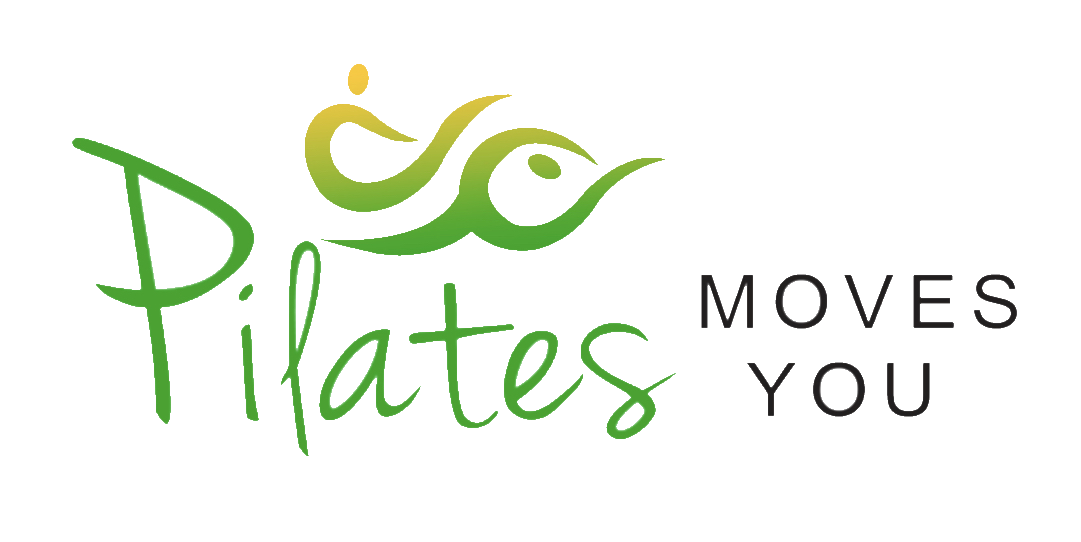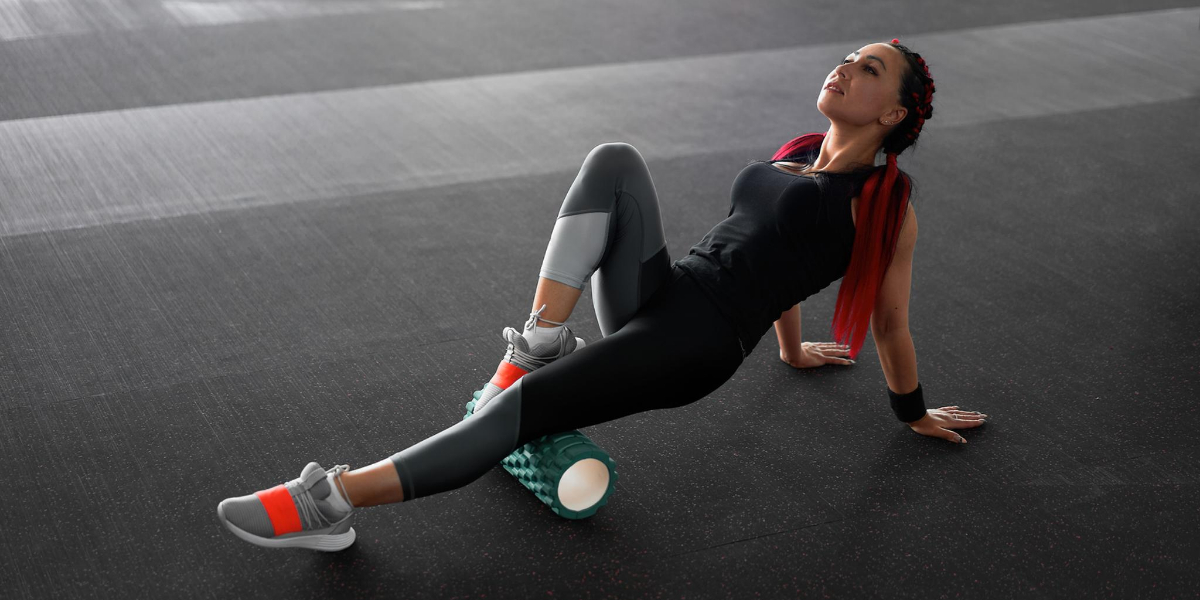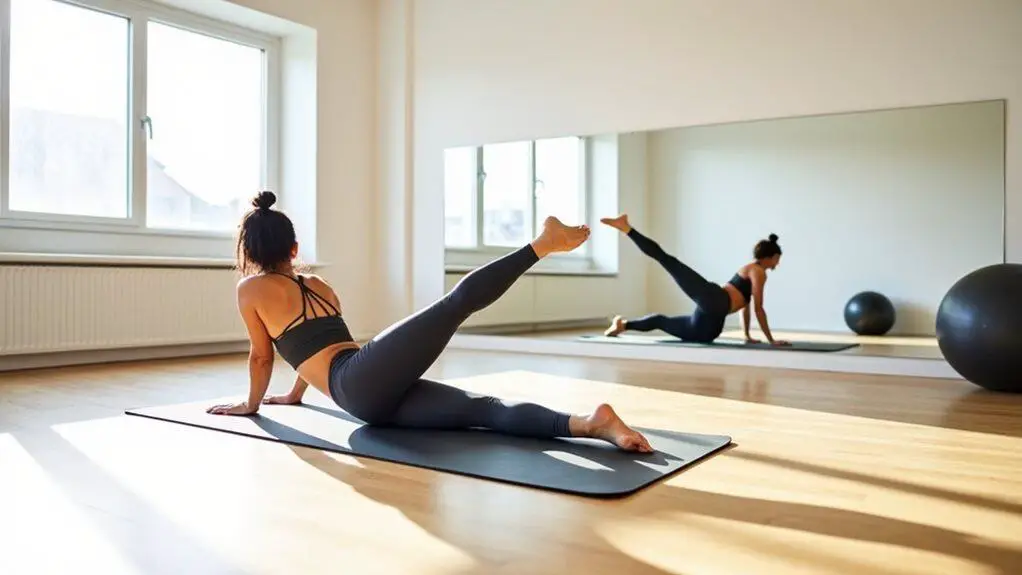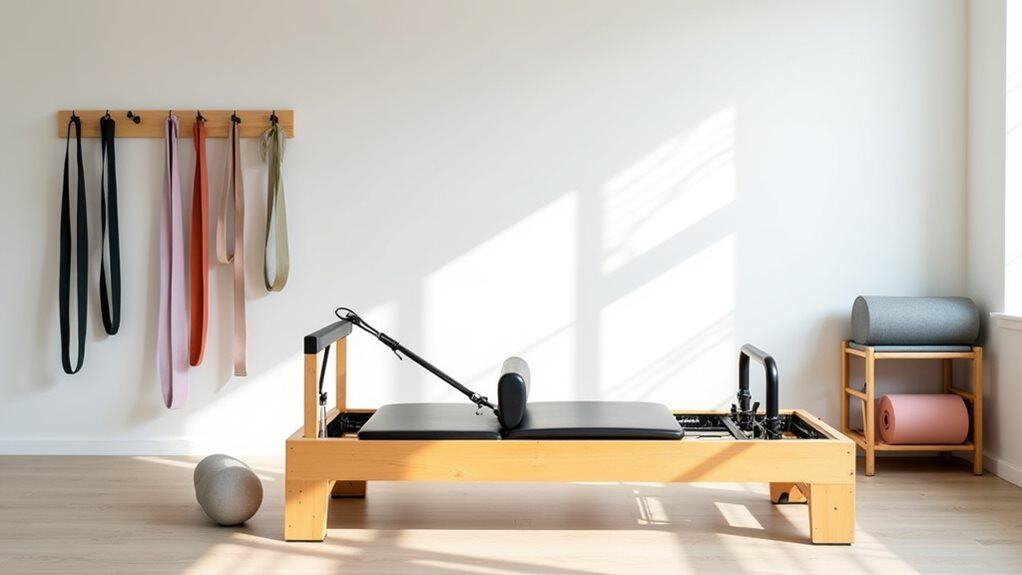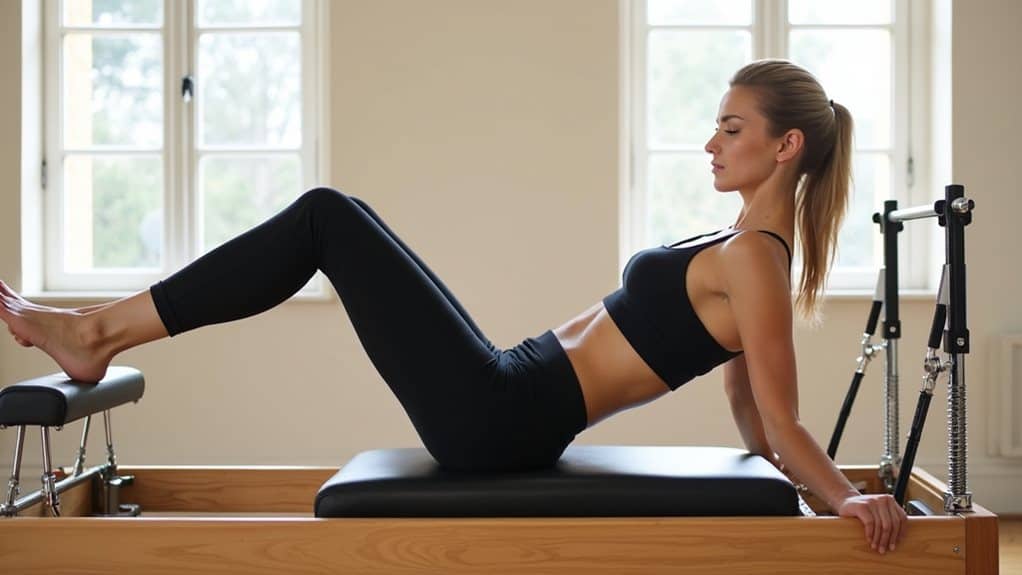I love how wonderful Pilates is as form of exercise on its own, but did you know many people are using it to support their more intense workouts? Just how is Pilates complimentary to other forms of exercise?
Pilates can be an active recovery workout, something performed after an athletic or physical event which helps reduce muscle soreness and speed up healing time.
Combining Pilates with more intense workouts like running, weightlifting, etc., will help your body recover faster from the activity and increase your flexibility and range of motion. This allows for a better performance in subsequent activities.
What is active recovery?
You might be wondering what I mean by active recovery, what does it mean, what does it do and why it is important.
Active Recovery refers to any activity performed after an athletic or physical event which helps reduce muscle soreness and speed up healing time. This includes stretching, foam rolling, massage therapy, deep tissue work, etc.
The term can also refer to performing some form of light exercise to help ease the muscles after an intense exercise session. This light exercise can also act as a warm-up routine before the next session of exercise. The exercises will help to increase blood flow to the muscles, removing lactic acid and other by-products that are released during exercise. It can also help with any soreness or stiffness after exercise.
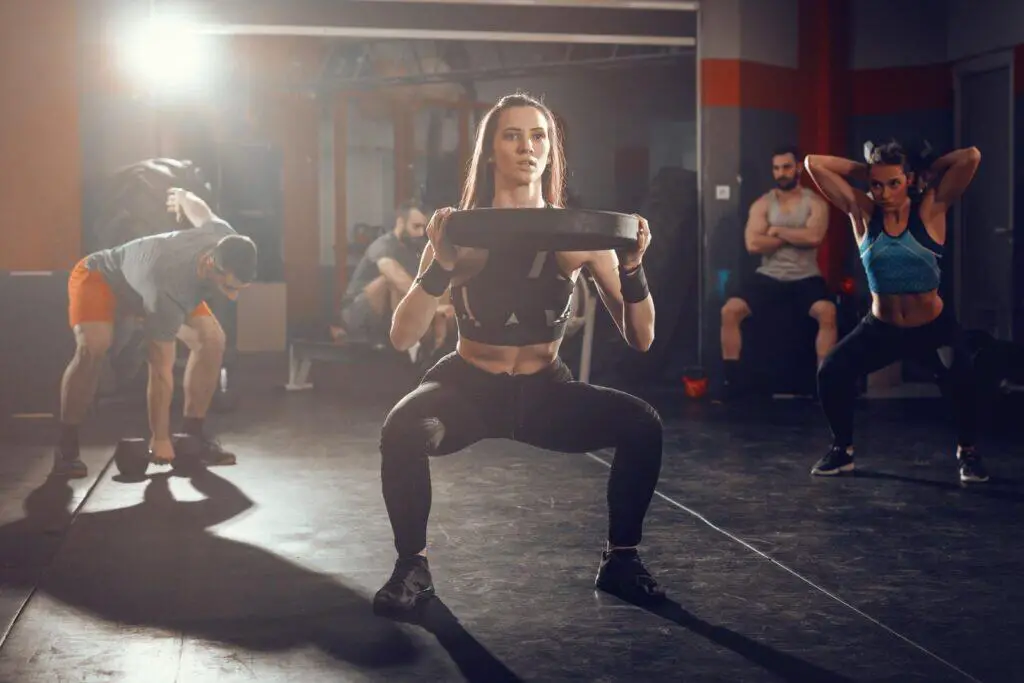
Active recovery days are days when you deliberately avoid intense activity and instead choose to do a very light workout, to give your body a chance to recover. These are the days you will likely suffer delayed onset muscle soreness, and it’s important not to push yourself too much else you could cause an injury.
Pilates is perfect for these days as it is a low-impact exercise technique. This means that the muscles are being used to provide stability for your body without causing your joints to absorb too much force or muscles to strain against very heavy weights.
A Pilates practice can be a useful tool in your recovery from any kind of work or sports-related injury. With a focus on gentle stretching and strengthening exercises, Pilates re-educates your body to function properly and provides a full-body workout without putting too much stress on specific joints or muscles.
This type of movement can also prevent future injuries as you adjust to a new activity.
In addition, Pilates offers a new way to challenge your muscle memory and builds muscle memory for better movement patterns.
You can also consider adding in a foam roller to give a massage effect, a 2018 study by Front Physiol* concluded that massage is an effective method for reducing muscle soreness.
What are the benefits of active recovery?
Typically, active recovery days are also rest days from doing an intense workout. They give your body a chance to rest and recover from a tough workout the day before. It’s important to have a rest day else you can end up injuring yourself.
Many people confuse active recovery with just resting, when in reality, active recovery is a much more constructive and productive way to heal and recover. It not only helps your body rest and recover, but also helps in the prevention of injury.
During the recovery period, you should never do high-intensity workouts as your body is in the process of repairing muscles, tendons, and joints after you have been injured or have been doing high-impact workouts.
Gentle exercise can help reduce feeling sore, can help re-energise you, eliminate toxins, increase blood flow, reduce lactic acid build up, and will prepare your body for the next intense workout.
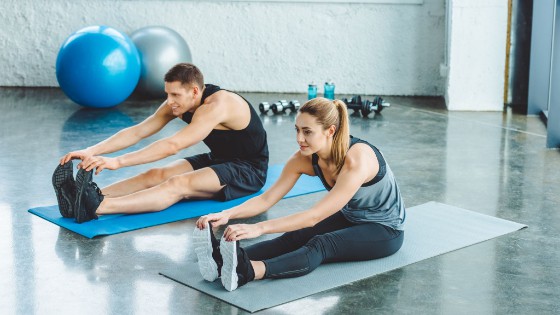
How often should we perform active recovery?
Whatever your fitness level, post-exercise recovery is important to help speed up recovery and to reduce the risk of injury and should be built in to your regular workouts.
When recovering from physical activity, your body will go through the processes of rebuilding muscle, replenishing fluids, and reducing inflammation. Your body can’t do this without rest. The most effective way to reduce the risk of injury is to stretch, cool down, and rest.
How often you activly recover depends on the intensity of the workout that was just completed. There are several times to consider recovery exercises:
- Mid-circuit training: Keep the body moving between sets rather than stopping completely.
- Post workout cooldown: After a workout don’t just stop cold, keep the body active to aid with recovery and cool down gradually.
- On rest days: Help your body recover without overdoing it.
In all cases, you should try and work a different set of muscles, or at least wait until the next day to work the same group again. For example, if you’re performing high-intensity cardio then you’ll want to wait at least 24 hours between working out so that your muscles don’t become too tight.
If you’ve been lifting weights, chances are you need some extra time to allow your muscles to relax again. You may even feel pain when trying to stretch certain areas if they were worked hard during the previous session.
There are several ways to recover after an exercise session. Stretching your muscles will help them recover faster and reduce the risk of injury. You can also consume fluids to stay hydrated. You can also reduce inflammation by consuming anti-inflammatory foods like fruits and vegetables.
The important thing is not to overdo exercise else you’ll end up injuring yourself. Gentle Pilates provides you with an exercise fix while not pushing your body to breaking point.
Example Pilates workout to aid recovery
Here is a practice use of Pilates for anyone who loves running. It’s 25 minutes of stretches, your hamstrings and glutes will love being lengthened and released.
This routine can also help those with lower back pain.
Other Recovery Exercises for Rest Days
Pilates isn’t your only option and low-intensity exercise can be considered an active recovery exercise, for example:
- Swimming: Swimming is another form of low impact activity where you can get plenty of water resistance training.
- Walking: Walking is one of the best forms of aerobic exercise around because it doesn’t require any equipment and there are no barriers stopping you from getting fit! Try a brisk 10 minute walk on your dinner time and you’ll feel great for the afternoon.
- Cycling: I’m not suggesting a competitive sprint ride, more like a leisurely bike ride around the local park.
- Tai chi: Tai chi helps to stretch sore muscles and reduce inflammation in a similar way Pilates does.
Of course you should always listen to your body and don’t push yourself to do something. Sometimes what you need is an inactive recovery day!
In conclusion, Pilates is a fantastic tool to have available as part of your fitness regime. Not only does it provide gentle stretching but it also aids muscle relaxation which reduces stress levels and improves sleep quality.
* source: https://www.ncbi.nlm.nih.gov/pmc/articles/PMC5932411/
